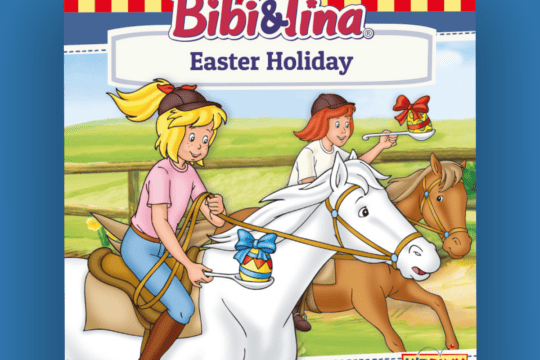
HomePony Know HowRiding TipsFlatworkLet’s learn about impulsion
-
Pony Care Tips
Learn everything you need to know about caring for your fave pony. From feeding and grooming to mucking out – we have it all here!
-
Riding Tips
Improve your riding with our fab articles! Whether it's building your confidence, riding shapes, or jumping spreads that you need tips on, we have something for every rider.
Latest News
Let’s learn about impulsion
Posted in Flatwork
You may have been told by your instructor to encourage your pony to go forward with more impulsion, but do you know what this means? Well, it’s all about energy! Of course, there’s more to it than just going fast, so we’ve got the lowdown on how you can make your pony’s paces feel active and look amazing
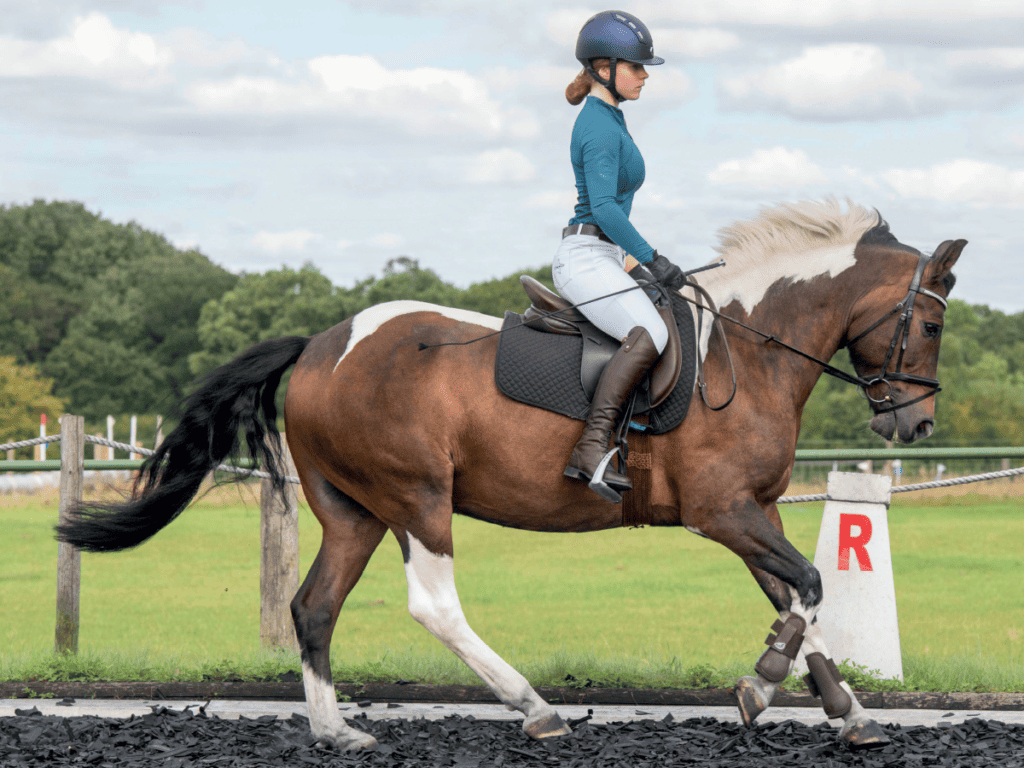
Prime position
It’s easy to mistake impulsion for speed, but you’ll need to do more than just push your pony forward. There are four key things that he needs to show in order to create impulsion. He should…
1. Be eager to go forward
You need to be able to encourage your pony to take active, positive steps forward without having to constantly nag him with your legs. He should react to your aids quickly and willingly, which is known as being responsive.
A good way to improve how well your pony responds to your aids is to ride lots of transitions in your schooling sessions, and encourage him to move off your leg as soon as you ask. The more you practise the transitions, the quicker he’ll react.
Some ponies are naturally more forward-going than others but, even if yours is really laidback, you should still be able to create energy in his paces if you school him the right way.
2. Have a spring in his step
As well as moving forward, your pony should show a springiness in his steps. This is when he flexes and extends his legs, so his paces look more floaty. To achieve this, he needs to take long, powerful strides that push him high off the ground, rather than short, choppy ones.
To ask him to lengthen his stride in trot, squeeze with your legs, and rise higher out of the saddle, and for a moment longer. Pushing your hips forwards, towards the pommel of the saddle will help him understand what you want.
3. Be feeling supple
In order for your pony’s energy to flow through his whole body, from his hindlegs to the bit, it’s important that his neck and back stay relaxed. Ideally, he’ll stretch over his back muscles, and use his tummy muscles to support himself, which is where all your work on the rein contact comes in! That way, when you use your legs to squeeze him forward, instead of getting faster and becoming long and flat in his outline, he’ll work through his back so you’ll get more lift in his strides.
4. Engage his hindquarters
Your pony’s hindquarters need to be really strong so they can power the rest of his body forwards. To help this, encourage him to take more of his weight back onto his hindlegs by riding exercises like rein-back, turn-on-the haunches and riding a diamond shape instead of a circle.
Top tip
Schooling in a field or while out hacking can help encourage your pony to go forward more willingly. But only do this if he’ll stay calm and won’t get too excited!
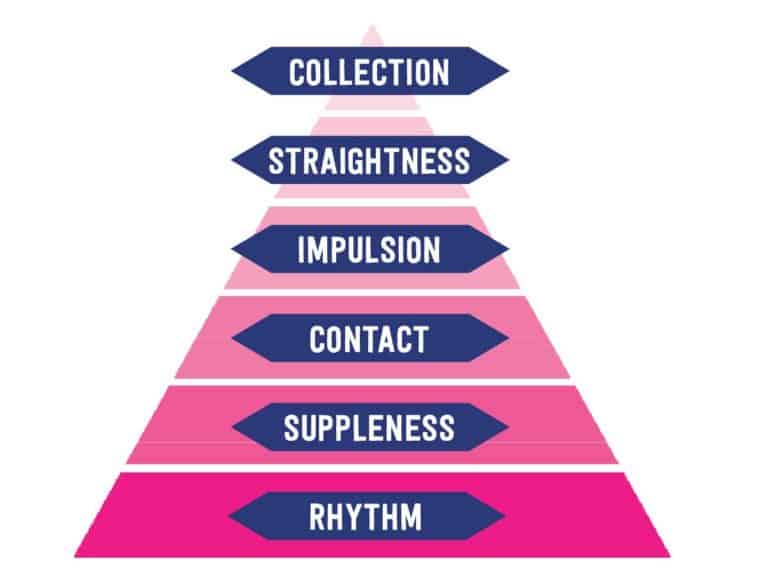
Your pony needs to be flexible through his back and able to work in a consistent contact before he can have true impulsion.
Top tip
Your pony should be strong enough to balance and support himself around turns, as well as on straight lines. Spend time working on getting him nice and supple before you think about adding impulsion.
An exercise to improve impulsion
This exercise is a great way to improve the amount of spring in your pony’s steps, and it’ll encourage him to listen to you more, too. It involves riding over trotting poles, then performing a three-loop serpentine and will help you practise each of the four rules of impulsion!
Set it up
Place four poles down the long side of the arena near E, spaced 0.8-1m apart. Have 4-8 low blocks nearby so you can raise the poles later. Leave enough space at the edge of the arena so you can ride around the outside of the poles.
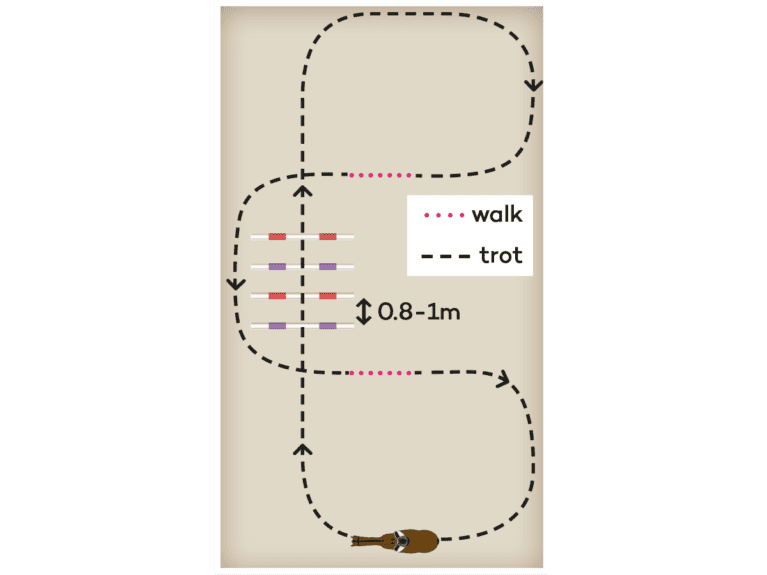
How to ride it
Warm your pony up, then start the exercise at A on the right rein, asking your pony to pick up an active trot.
Approach the poles at E, keeping your pony straight and aiming for the middle of each one. As you ride over them, try to encourage him to lift his legs a little higher than usual – you can do this by rising out of your saddle for a second or two longer than you normally would.
As you ride towards C, get your pony’s attention and rebalance him by asking for a half-halt. This is when you sit up and squeeze the reins to ask him to wait just for a moment, before riding forward again.
At C, start riding a three-loop serpentine. Each time you cross the centre line, come back to walk, then count to four and pick up trot again.
Finish the serpentine at A, then change the rein and have a go the other way.
When you’ve ridden it a few times, ask a helper to raise the opposite ends of each pole. This will encourage your pony to lift his legs up even more! You can then try raising both ends, but only do this if he’s fit enough to cope as it’s really hard work.
Problem buster
Having issues asking your pony to move forward with impulsion? We’re here to help!
Fault: My pony’s trot feels fast and flat, but if I try to slow her down she just falls back to walk.
Fix: Your pony needs to learn how to engage her hindquarters, rather than leaning against your hands and racing off! Try riding lots of transitions within the trot, switching from working trot to a slightly bigger trot with longer strides, then to a slower trot with shorter strides. When collecting her steps, keep your legs wrapped around her sides and sit deeper in the saddle so she doesn’t just stop.
Fault: My pony always loses energy through turns, then I struggle to get her going again.
Fix: Your pony may be losing balance, which is why he’s losing impulsion. When you turn, keep your leg wrapped around his sides to encourage him to stay in the same rhythm, and bring his inside hindleg underneath him. Don’t unbalance him by leaning over to the inside, sit up tall and straight, and
look ahead to where you’re going next.
Movin’ and groovin’
Impulsion is something that can take a while to perfect but, once you have it cracked, you’re sure to wow the dressage judges in your next text! You’ll find your pony so much more enjoyable to ride, too, and performing school movements correctly will be way easier!


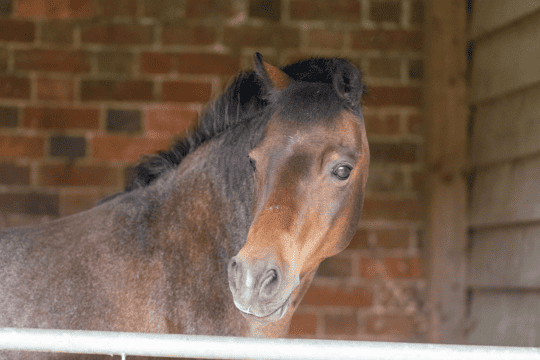
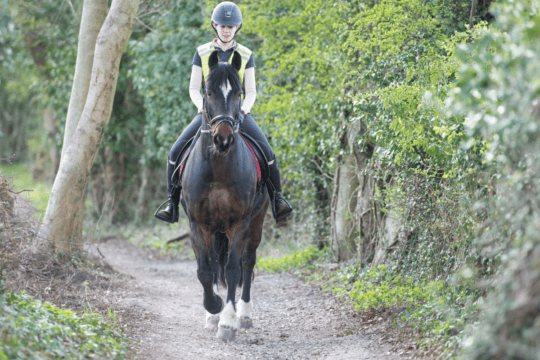
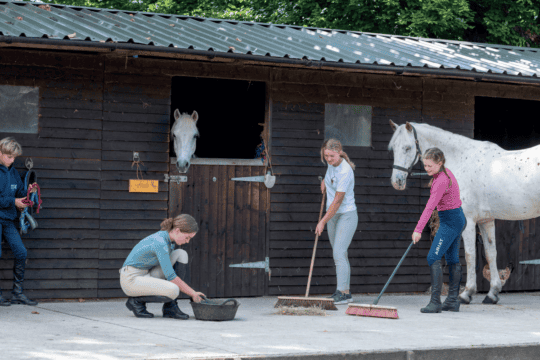
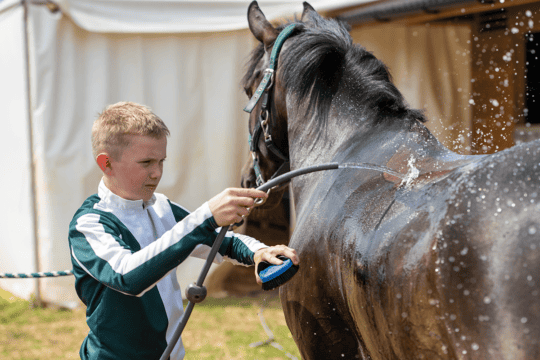




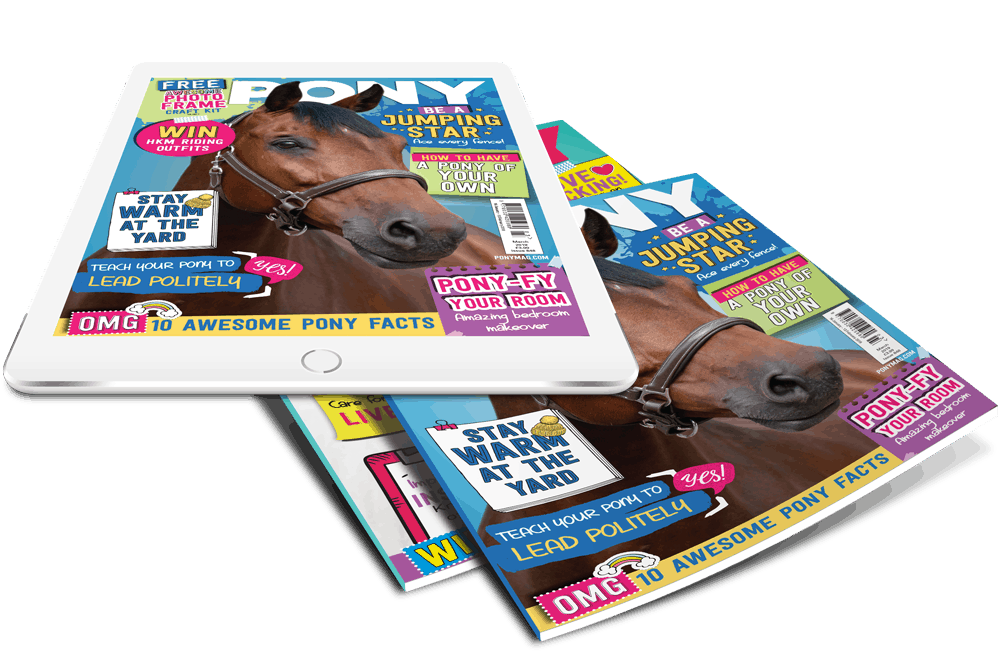
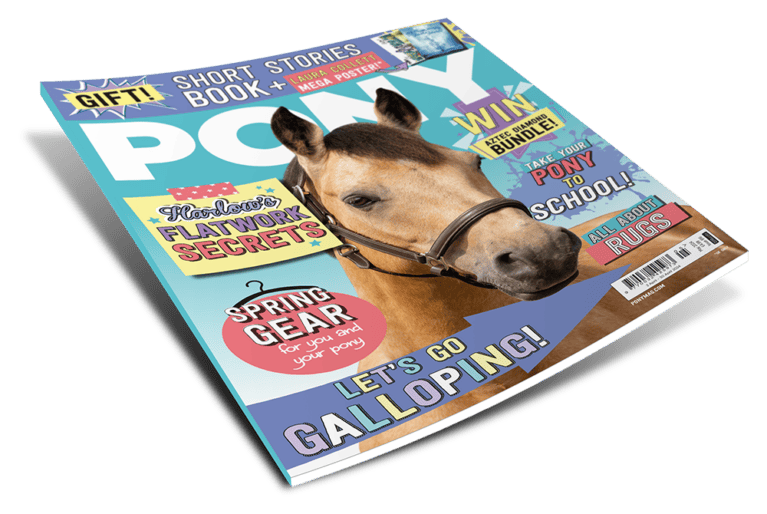


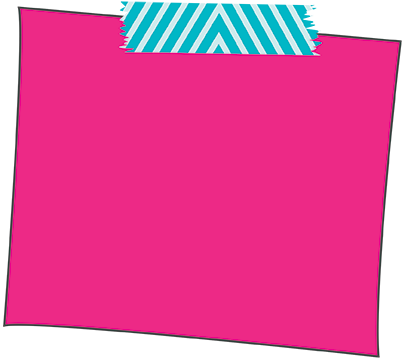







Leave a Reply
You must be logged in to post a comment.